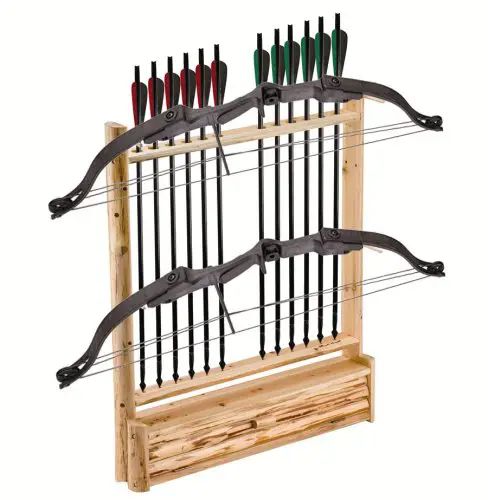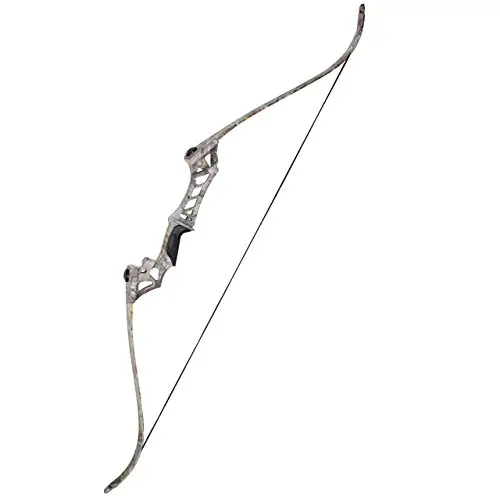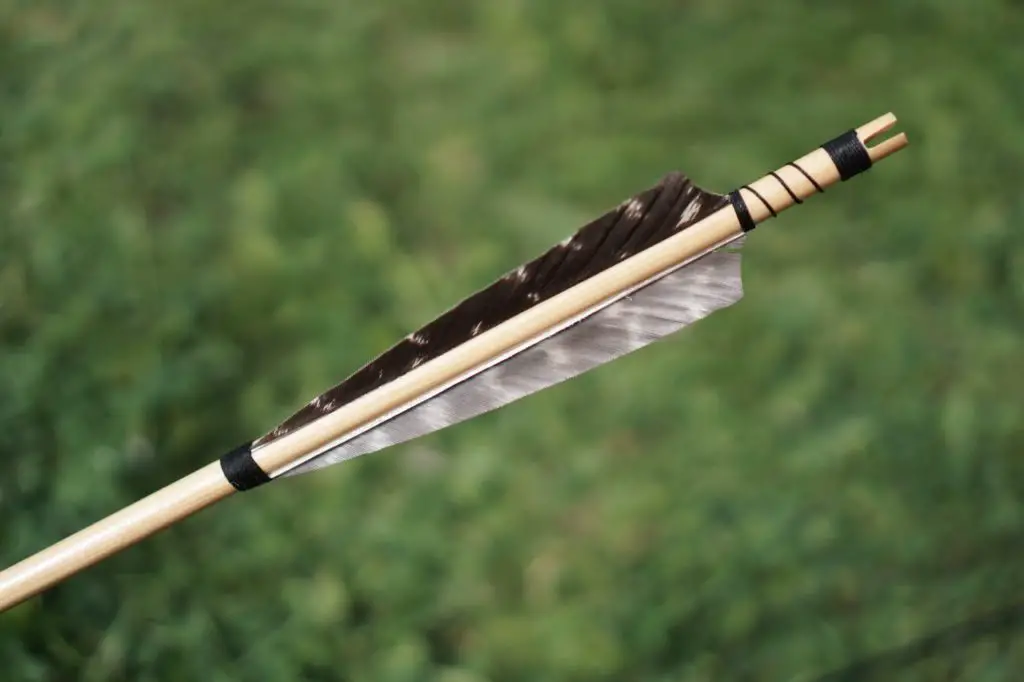Since the dawn of time man has hunted. Although hunting has evolved over the centuries, man still hunts. There are many reasons people hunt with recurve bows or longbows in this day and age:
- For food – Centuries ago, this was almost the only way meat found its way to the table.
- For conservation – In modern times with all the ecological damage done by man, certain animal populations occasionally need to be culled to keep the food chain in equilibrium.
- For trophies – This is becoming less common and particularly vilified by the anti-hunting lobbyists.
Whatever the reason you choose to hunt, you may not have considered hunting with a bow and arrow. In fact, it’s quite conceivable that you didn’t even realize you could even hunt with a bow. Ask a bowhunter why they hunt with a bow. Be ready for an avalanche of passion and enthusiasm.
Once you’ve decided to go the bow route, you have another choice to make; recurve bow or longbow for hunting?
This is a question that has distinct camps. Although some hunters may use either bow depending on the circumstances of the hunt, most bowhunters would be quite passionate in the justification of their choice.
Recurve Bow VS Longbow for Hunting
To help you make up your mind, this article will examine, in depth, the characteristics of both types of bow.
The Recurve Bow
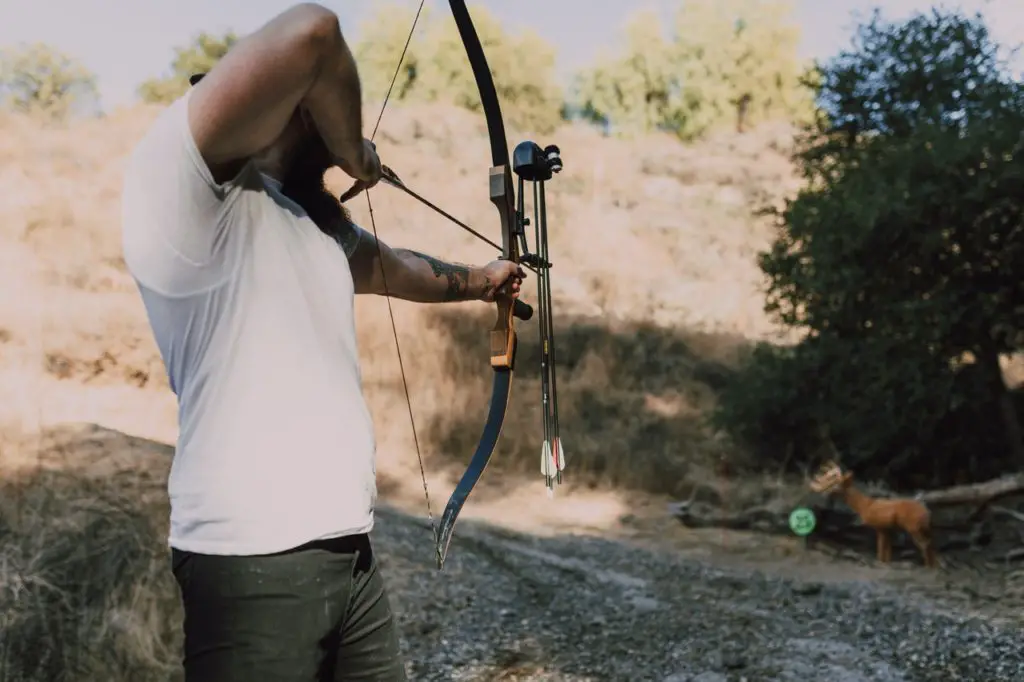
The recurve bow is so named because of the swept back tips. The bow is roughly the shape of a 3 with the tips of the bow curving away from the user. The recurve bow is thought to date back to somewhat more than a thousand years BC. Interestingly, even then, composite bows were quite common.
The recurve bow is more efficient than a longbow of the same draw weight or bow length. The science behind this, ironically, is in the bow length. A longbow’s length stays the same as you draw the string back. However, when you draw a recurve bow, the recurve unwinds and that lengthens the bow.
The increased length of the bow stores more energy and therefore makes it more efficient than a longbow of the same unstrung length. The recurve bow also delivers more of the stored energy to the arrow. When the string is released, the recurve snaps back. This results in faster acceleration of the string.
Statistically, the recurve converts around 55% of the stored energy compared to 45% in the longbow.
The Longbow
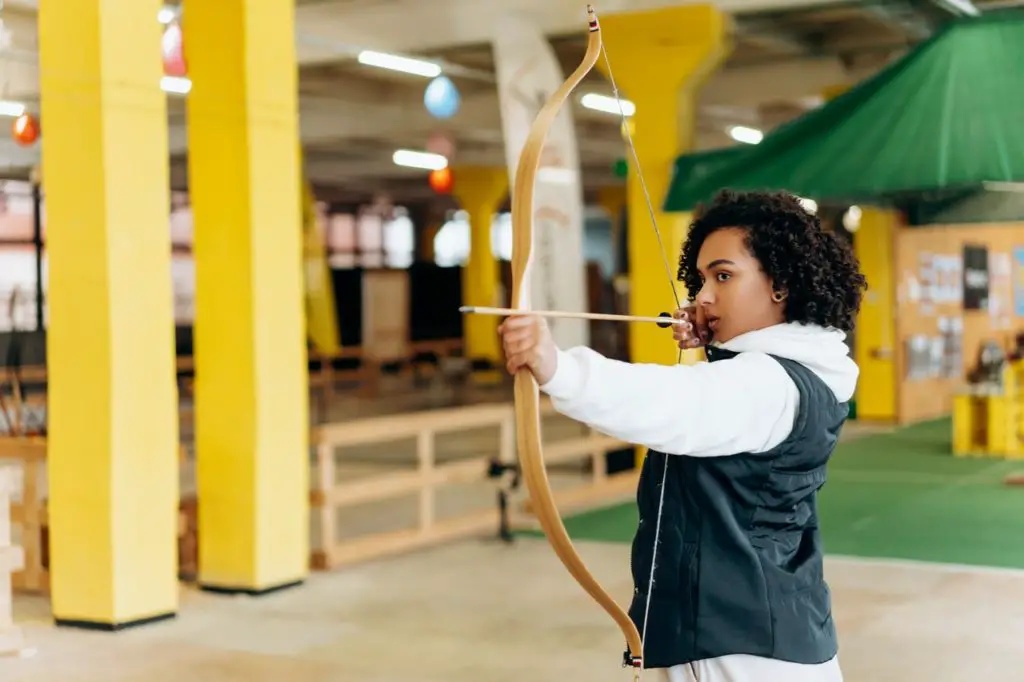
As the name suggests, this bow is long. It is usually around the same length as the user. Bows have been estimated to average between 60 and 72 inches. However, bows found on the Mary Rose ranged from 68 inches to a massive 83 inches.
Historically, the longbow was made from a single piece of wood. Yew was commonly used but ash and wych elm could also be used if yew wood wasn’t available.
The bow’s power was largely dependent on the length of the bow and the draw length. Longbows of old commonly had a draw length of 30 inches. The draw weight of the bows found on the Mary Rose were from 100 to 185 lbs.
Modern day bows are made mostly from laminated wood and fiberglass and are much more efficient than the ancient bows.
The modern longbow usually has a draw weight of up to 60 lb. and a draw length of 28 inches. Bow length can, however go as high as 72 inches. The draw length increases to 31 inches in this case.
The draw weight, of course, can vary greatly irrespective of bow or draw length. The comfortable draw weight for a particular person depends on that person’s physical characteristics. That said, there is a general correlation between the size of the person and their draw weight capabilities.
Head to Head
Let’s now compare the bows and how well each of them is suited to hunting.
Arrow Speed
The recurve bow, being more efficient, will shoot an arrow at a higher speed. Higher speed translates into a flatter arrow trajectory. It also increases momentum.
The benefit is two-fold. A flatter trajectory means higher accuracy or allows slightly longer-range shots. The increased momentum packs more punch and may increase penetration and the damage caused by the arrow.
All in all, the recurve is the better choice in this category.
Stability
The longbow, at a given draw weight, will be longer and heavier than the recurve. This gives the longbow a bit more inertia and makes it a little more stable when shooting. There is no clear advantage here, though. The lesser stability of the recurve can be remedied by using stabilizers.
Noise
Noise is one of the hunter’s biggest foes. In this department, the longbow wins. The shape of the recurve bow means that a section of the bow is in contact with the string when undrawn. The string is pulled away from the bow when drawn and slaps back against the bow upon release.
The recurve bow also stores more energy which causes greater vibration on release. Although stabilizers and dampers can reduce noise and vibration, it’s usually very difficult to eliminate entirely.
Maneuverability
The recurve bow takes this one. Pound for pound in draw weight, the recurve is shorter and lighter than the longbow. It’s a lot easier to carry around. It’s also a lot easier to set up the shorter bow for a shot when you’re in the field.
The recurve bow is also commonly available as a takedown making it even more portable.
Things to Consider When Choosing Between a Recurve bow VS Longbow
When trying to make your mind up over your choice of bow, you need to consider several factors. Each of these factors, individually, may play significantly to one of your strengths or weaknesses. That one factor, alone, then determines which bow is best for you.
This rarely happens, though. Usually, a combination of factors will combine to make a particular bow resonate with you. This is why it is often so difficult for a first-time buyer to make that choice. The most important attribute for a hunting bow your ability to efficiently kill game with it.
Maneuverability – Shorter bows are easier to carry. They’re less prone to snag on things when moving around.
Stability – Longer bows have more inertia and, therefore, offer more stability when shooting.
Draw length – Longer bows have a longer ideal draw weight. If your natural draw length is longer than the bow’s length, you’ll experience stacking. This is where the energy required to draw longer outweighs the energy created in the bow. This has a very direct impact on the quality of your shot.
Arrow speed – A recurve bow is more efficient than a longbow. For the same bow length, a recurve shoots an arrow at a significantly higher velocity. Recurve bows are, therefore, more accurate and can be used at longer distances than longbows.
Noise – The design of a recurve bow produces a lot of contact between the limbs and the string, even at full draw. This transfers vibrations more readily and produces somewhat more noise than a longbow. Noise can be reduced with the use of stabilizers and dampeners.
Conclusion
Whilst the choice of bow type mostly comes down to personal preference, there are definite practical considerations that shouldn’t be ignored. All things considered, given the criteria discussed above, the recurve bow is better suited to a hunting application than the longbow.
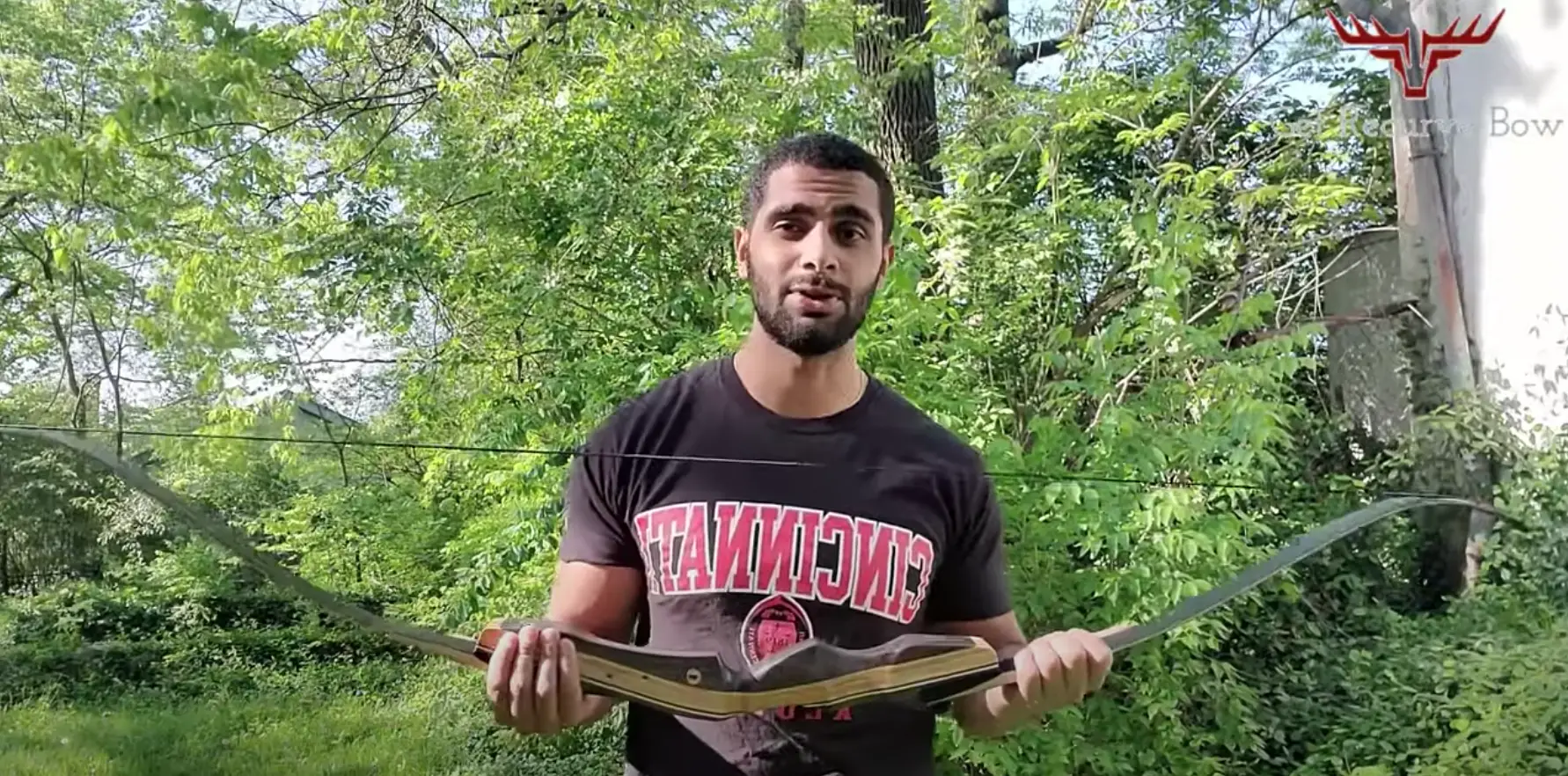
Archery is my hobby & I usually hunt and play on weekends and after work. It’s a passion since I was very young and I love writing about it as well to continuously learn more and share the love of archery with others!

